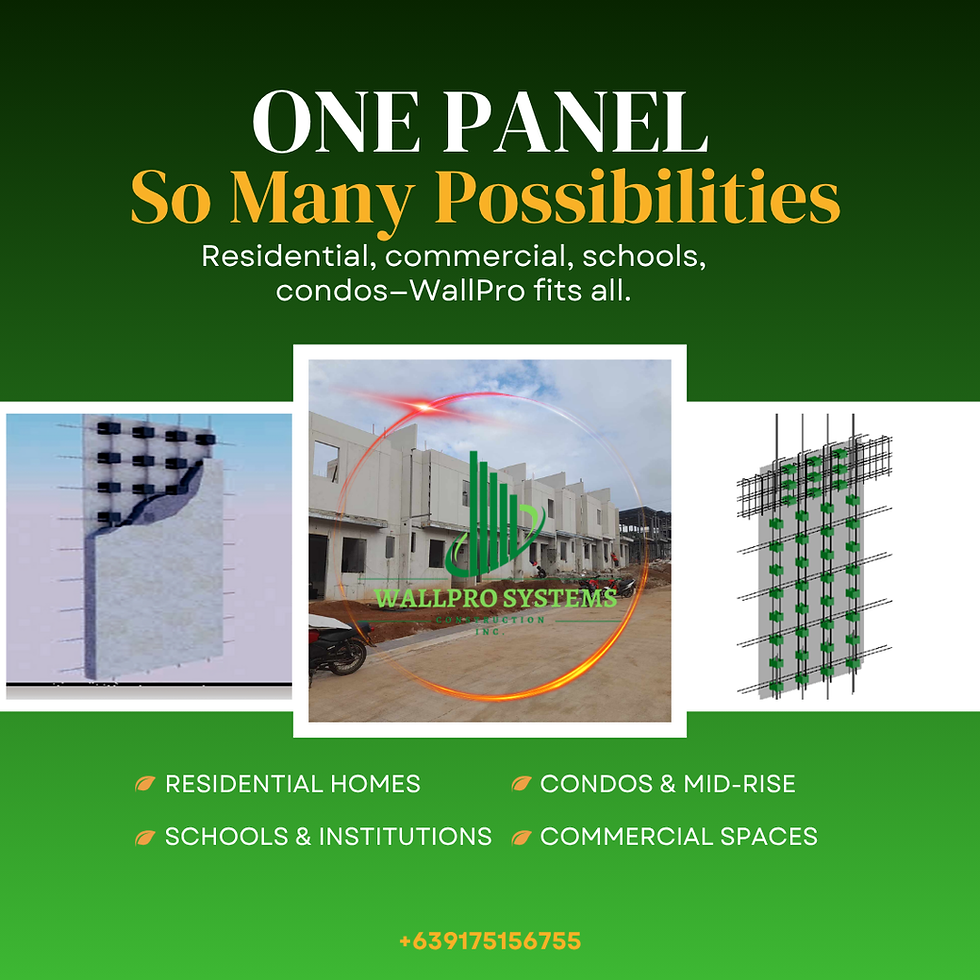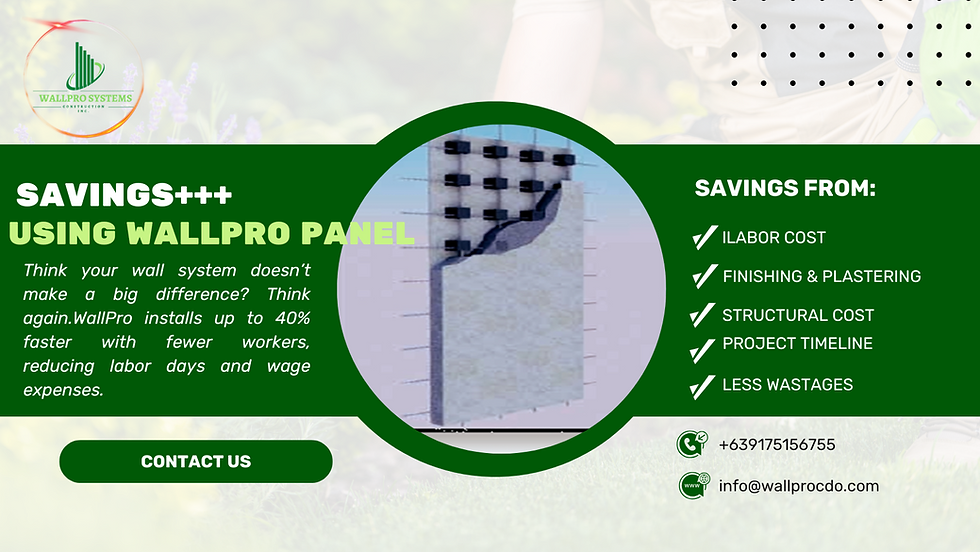Best Practices for Architectural Renovation
- Gabriel Mikael
- Dec 11, 2024
- 3 min read
Architectural renovations can transform spaces, enhance functionality, and increase property value. However, these projects require meticulous planning and execution to avoid costly mistakes and delays.
1. Define a Clear Objective
Why It Matters:
A well-defined goal ensures the renovation aligns with your needs and prevents scope creep.
Best Practice:
Identify the purpose of the renovation, such as improving functionality, adding space, or enhancing aesthetics.
Prioritize your requirements (e.g., increasing natural light, modernizing interiors).
2. Establish a Realistic Budget
Why It Matters:
Setting a budget helps you manage expenses and avoid financial strain.
Best Practice:
Include costs for materials, labor, permits, and contingency funds (10-20% of the total budget).
Request detailed cost estimates from architects and contractors.
Use budgeting tools to track expenses during the project.
3. Hire Experienced Professionals
Why It Matters:
Skilled architects, contractors, and designers ensure quality and adherence to regulations.
Best Practice:
Verify credentials, licenses, and insurance coverage.
Review portfolios and seek references from previous clients.
Choose professionals who understand your vision and communicate effectively.
4. Conduct a Feasibility Study
Why It Matters:
Understanding structural and zoning limitations prevents project delays and legal issues.
Best Practice:
Collaborate with architects to assess the building's structural integrity.
Check local zoning regulations, building codes, and permit requirements.
5. Use Detailed Contracts
Why It Matters:
A clear contract protects both parties and minimizes disputes.
Best Practice:
Include a project scope, timeline, payment schedule, and change order policies.
Specify warranties, material specifications, and dispute resolution methods.
Have contracts reviewed by a legal professional if needed.
6. Develop a Comprehensive Design Plan
Why It Matters:
A detailed design ensures every element aligns with your vision.
Best Practice:
Work with architects to create blueprints, 3D renderings, or virtual walkthroughs.
Choose materials and finishes early to avoid delays.
Incorporate sustainable or energy-efficient design elements where possible.
7. Obtain Necessary Permits
Why It Matters:
Skipping permits can result in fines, project halts, or non-compliance issues.
Best Practice:
Research required permits for structural changes, electrical work, or plumbing upgrades.
Ensure contractors manage permit applications and inspections.
8. Set a Realistic Timeline
Why It Matters:
Proper scheduling prevents disruptions and aligns project milestones.
Best Practice:
Account for delays due to weather, supply chain issues, or unforeseen challenges.
Maintain flexibility but set clear deadlines for major milestones.
9. Communicate Regularly with Your Team
Why It Matters:
Open communication resolves issues quickly and keeps the project on track.
Best Practice:
Schedule regular meetings with architects, contractors, and designers.
Use project management tools to share updates and track progress.
10. Monitor Progress Closely
Why It Matters:
Active involvement ensures quality and timely completion.
Best Practice:
Visit the site regularly to verify work meets agreed specifications.
Address deviations or issues promptly with the contractor or project manager.
11. Plan for Temporary Living Arrangements
Why It Matters:
Renovations can disrupt daily life, especially for extensive projects.
Best Practice:
Arrange alternative accommodations if necessary.
Protect unaffected areas from dust and debris with temporary barriers.
12. Be Prepared for Unexpected Challenges
Why It Matters:
Renovations often uncover hidden issues like structural damage or outdated wiring.
Best Practice:
Maintain a contingency fund for unexpected expenses.
Consult professionals immediately when new challenges arise.
13. Prioritize Sustainability
Why It Matters:
Sustainable practices reduce long-term costs and environmental impact.
Best Practice:
Use eco-friendly materials, energy-efficient appliances, and LED lighting.
Incorporate features like solar panels, rainwater harvesting, or insulation.
14. Test and Inspect Before Completion
Why It Matters:
Final inspections ensure all work is up to standard and functional.
Best Practice:
Conduct walkthroughs with contractors to identify deficiencies or incomplete tasks.
Test systems like plumbing, electrical, and HVAC.
15. Maintain Documentation
Why It Matters:
Records are useful for future renovations, repairs, or property sales.
Best Practice:
Keep contracts, permits, blueprints, and warranties organized.
Create a renovation log with receipts and expense records.
Architectural renovations are a blend of creativity, planning, and technical execution. By following these best practices, you can ensure a successful renovation that meets your goals while staying on time and within budget. Proactive communication, careful financial management, and collaboration with experienced professionals are the cornerstones of a seamless renovation experience.




Comments